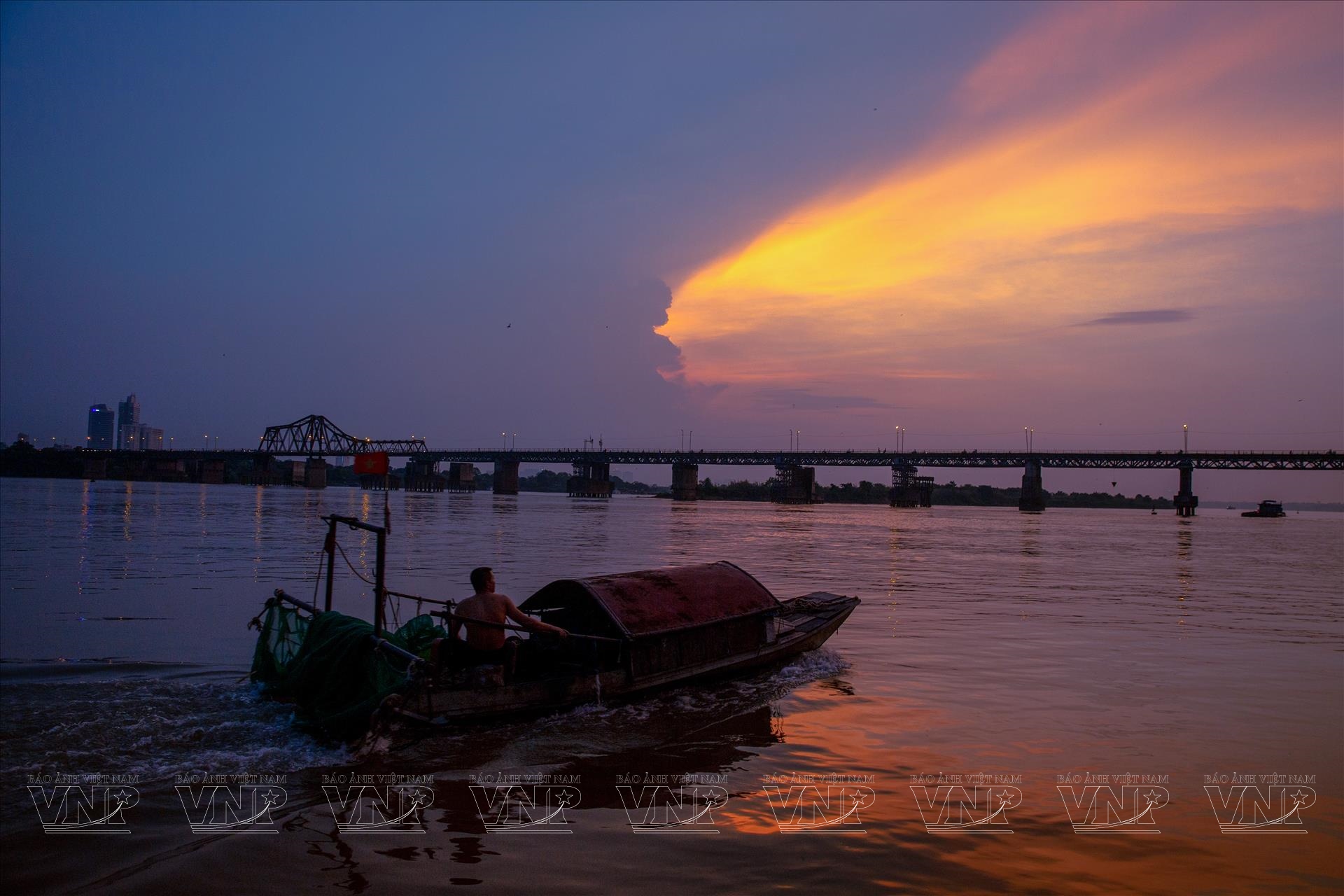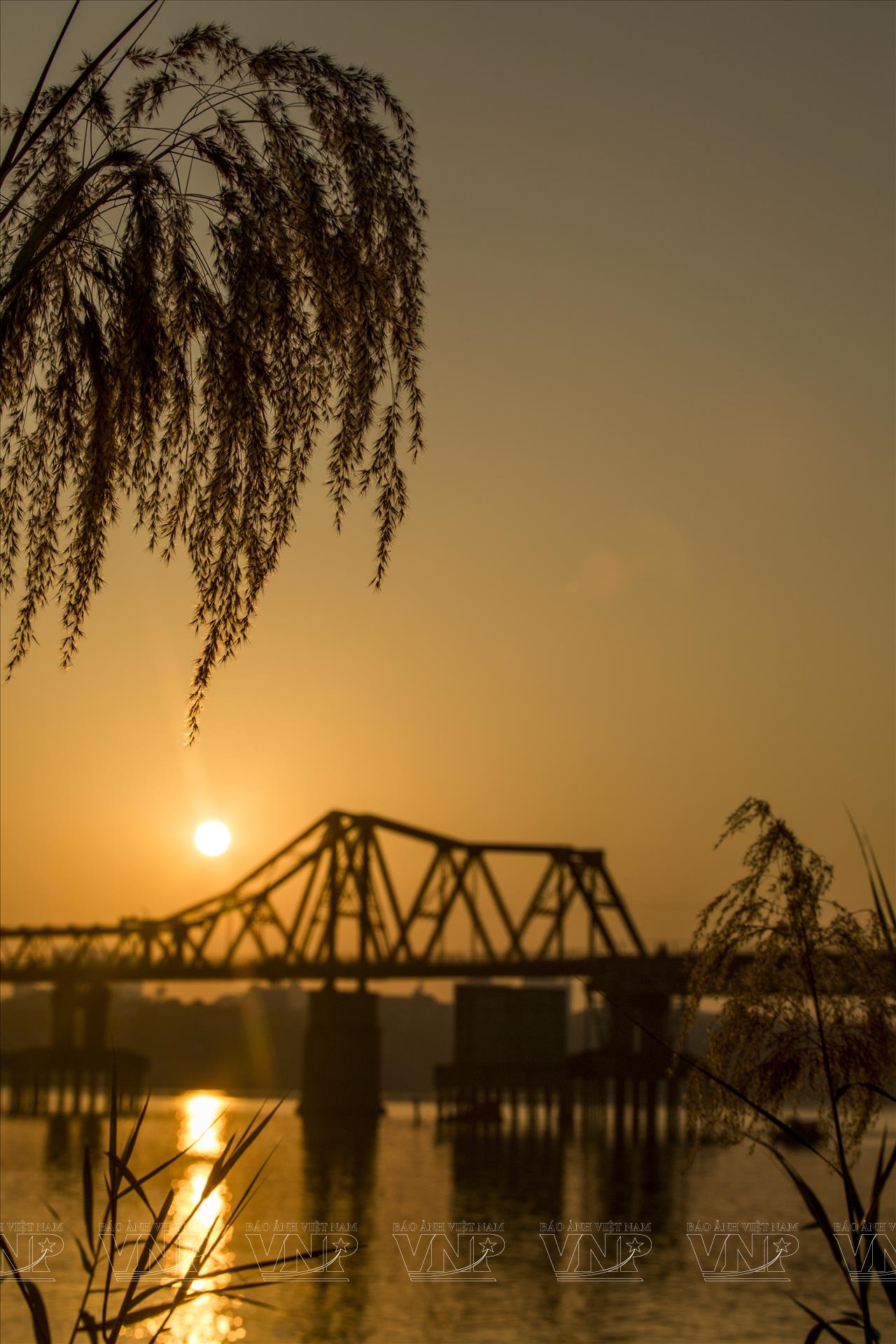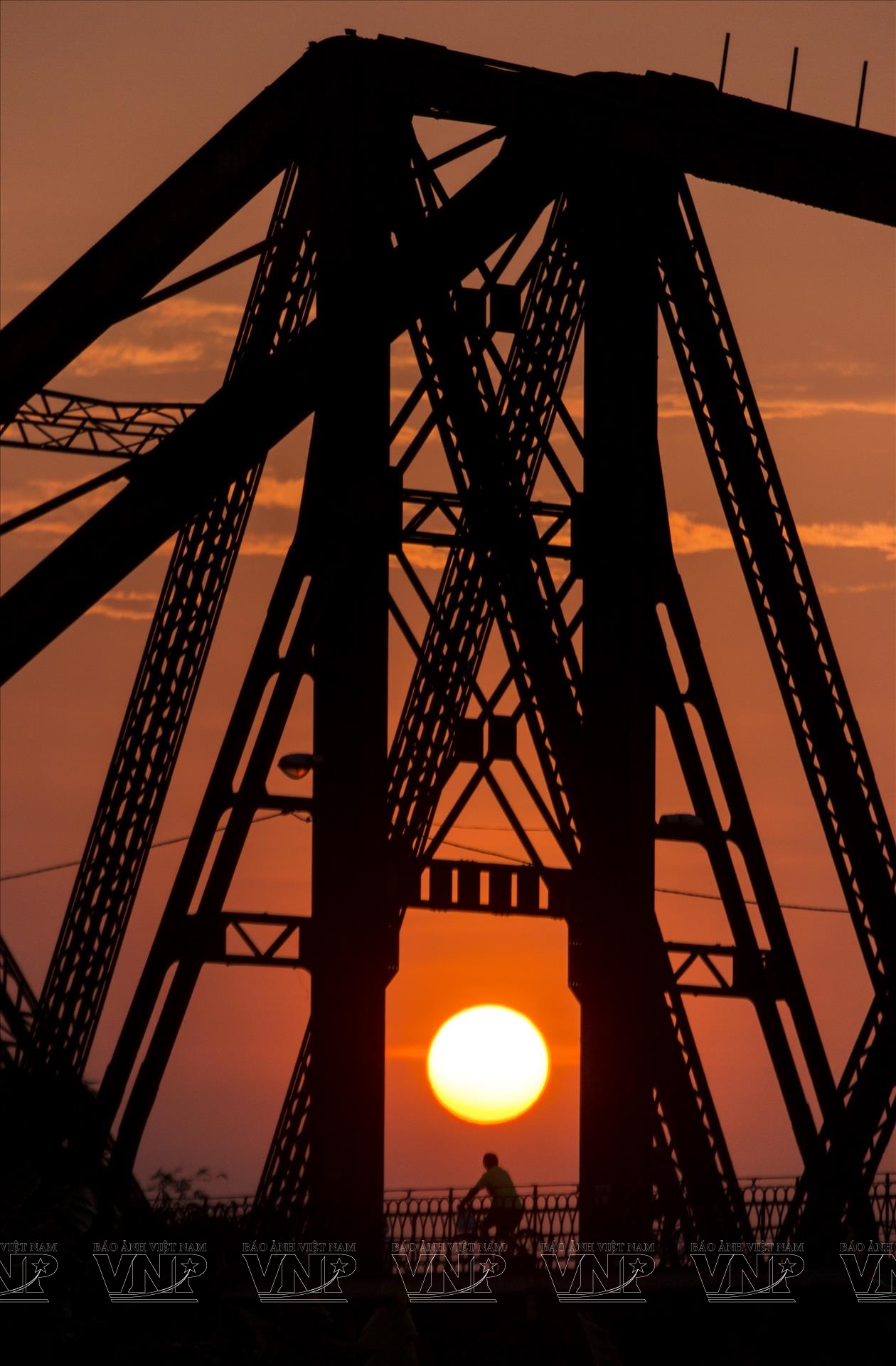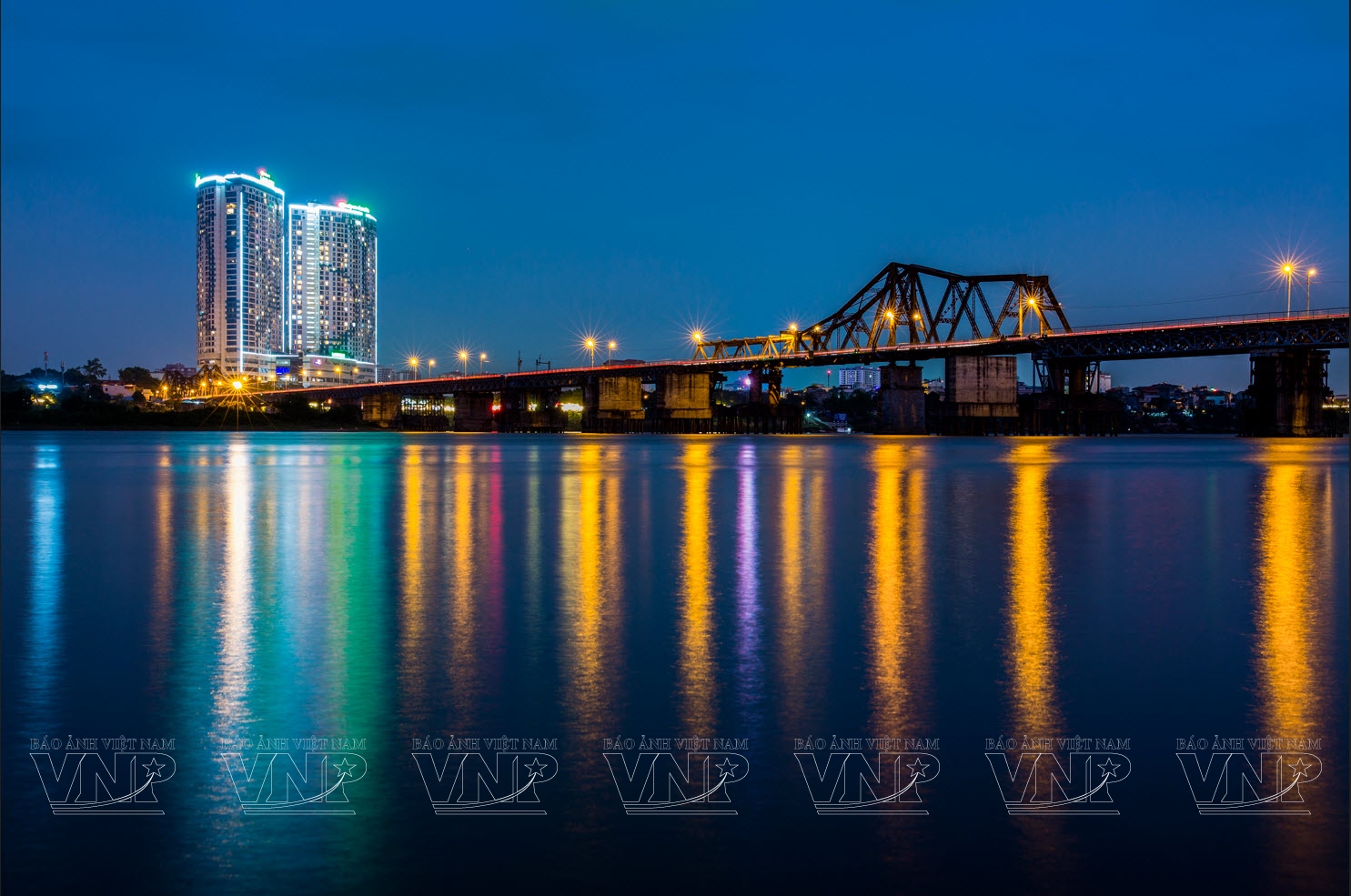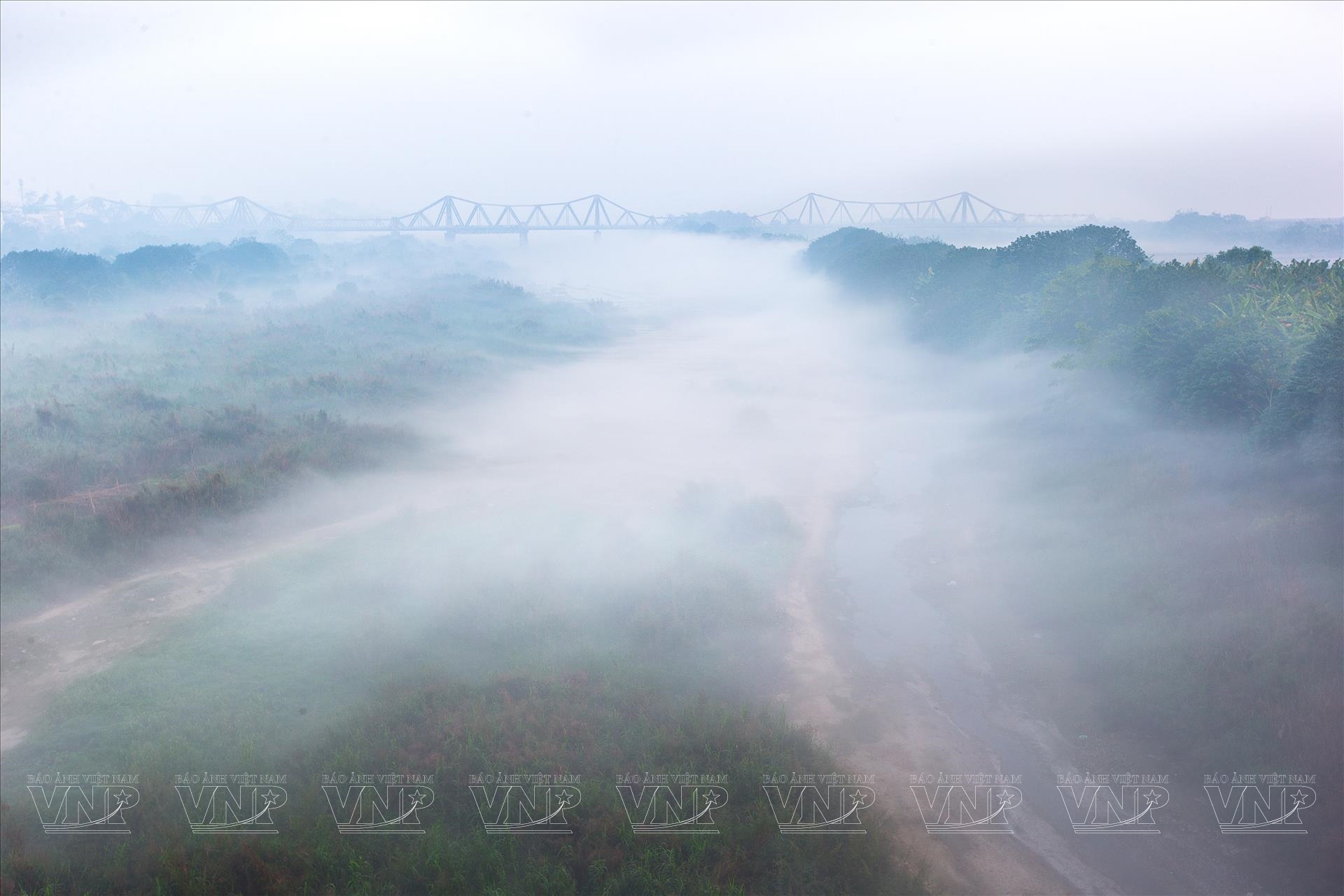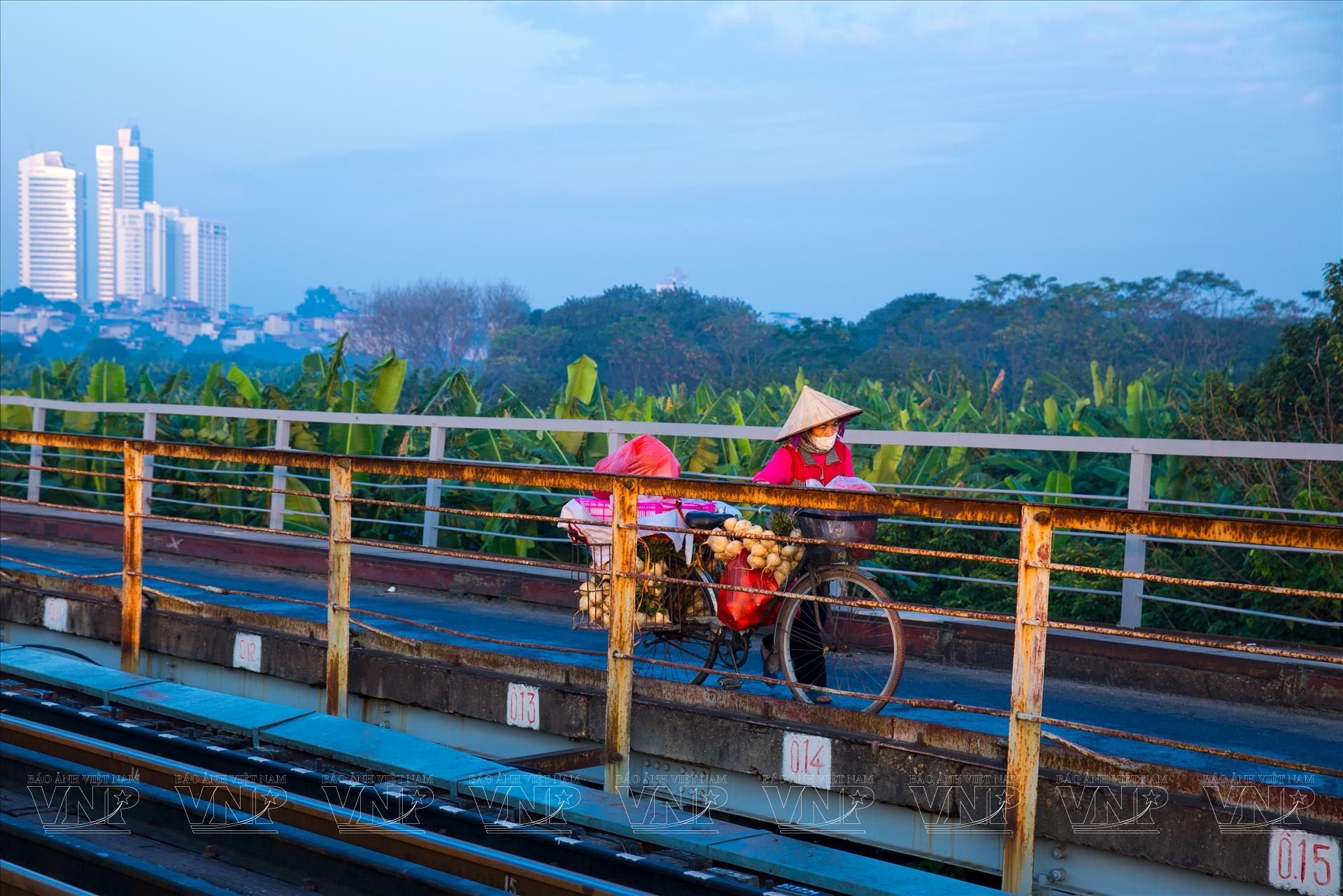Long Bien Bridge: Iconic Part of Hanoi's History
For generations of Hanoians, the iconic Long Bien Bridge spanning the Red River has become synonymous with their everyday life and been considered an important and central part of Hanoi’s development and history.

The 116-year-old bridge spans three centuries witnessed many historic moments, such as the withdrawal of French troops from Hanoi and welcomed Vietnamese soldiers to liberate the capital in 1954. The bridge has contributed significantly to the economic development of not only Hanoi but also other Red River Delta provinces namely Hai Phong, Hai Duong, and Hung Yen.
Over the years, the section of the Red River where the Long Bien bridge has gone through many changes. The once-animated fishing village is now sparsely populated because most people have settled on the shores of Phuc Tan ward, Hoan Kiem district. At the foot of the bridge is Bai Giua, reclaimed area leased by people from neighboring provinces to grow vegetables and cinnamon vines for herbal medicines.
The image of sunset looks like a red ball being juggled over the "orphaned span" - the span remaining after the American War on the Red River to the east. Photo: Thanh Ha
The Red River with the old-bridge creates highlights for a natural picture of Hanoi and is the endless inspiration for many photographers.
Whenever visiting the bridge, one can see crowds of young people taking photos for souvenirs or wedding albums. Foreign visitors like to stroll along the bridge to enjoy the fresh air, and catch a panoramic view of the city.
In the near future, a railway bridge will be built next to the Long Bien bridge. The landscape will change a lot when Hanoi is gradually transformed with its urban clusters and riverside commercial centers. However, the bridge with its original structure is surely preserved as part of Hanoians’ emotional and spiritual life.
By Pham Thanh Ha Translated by Song An


